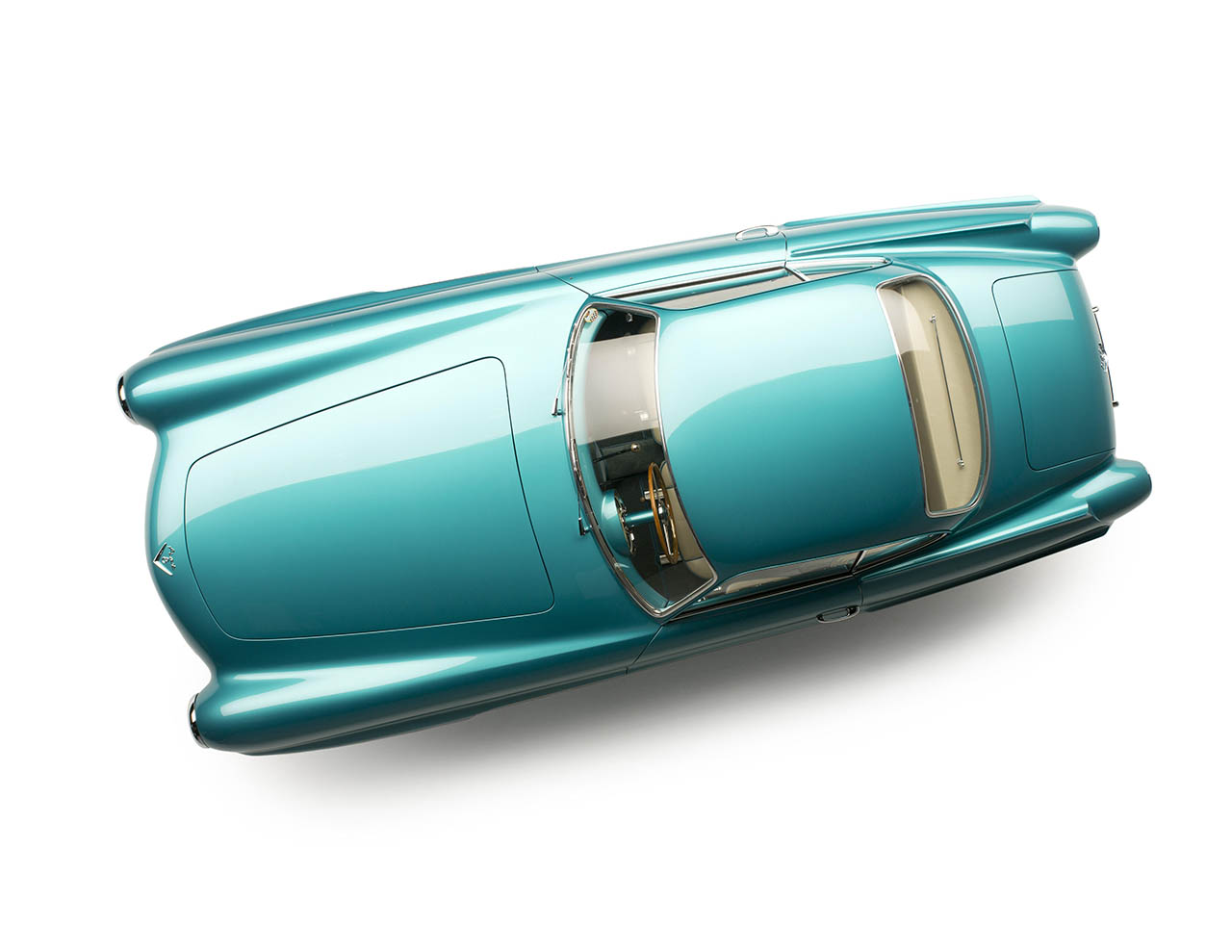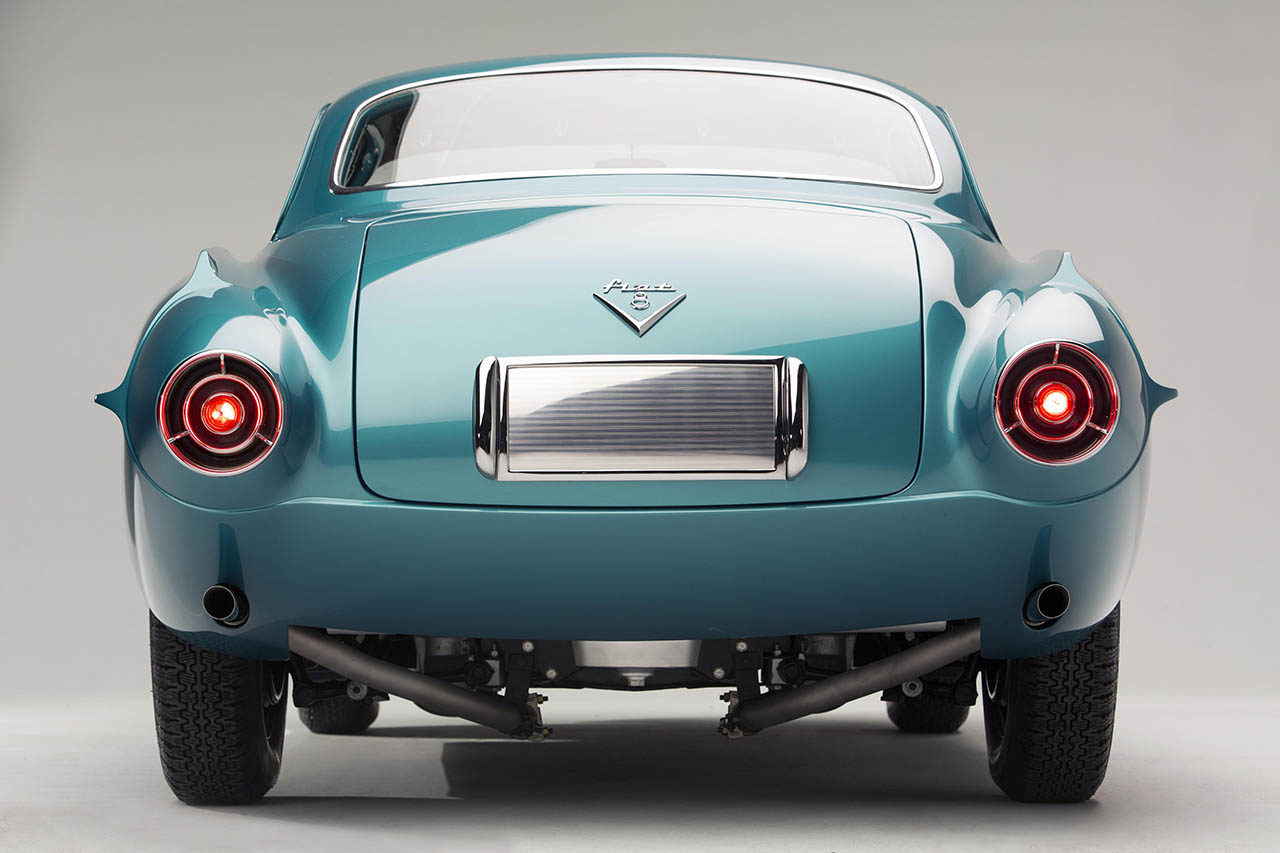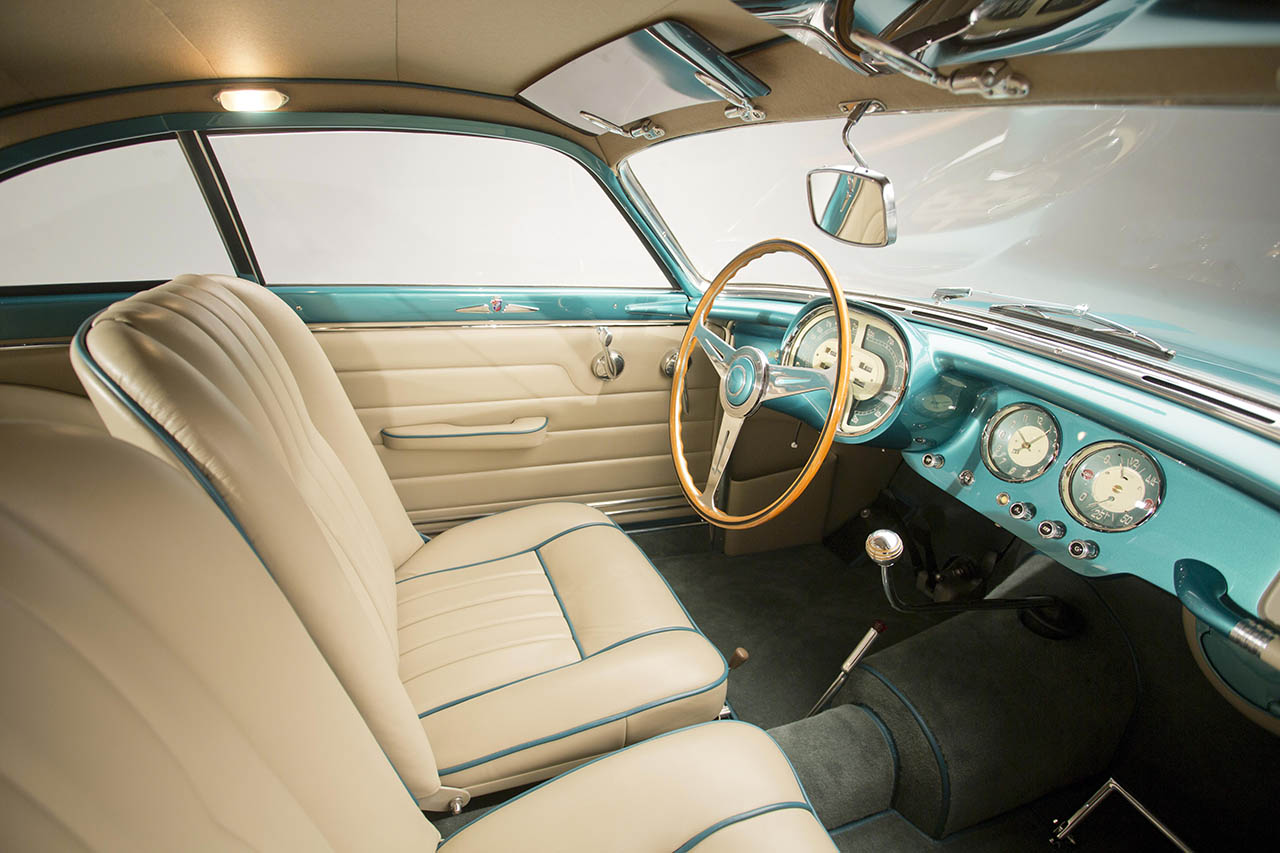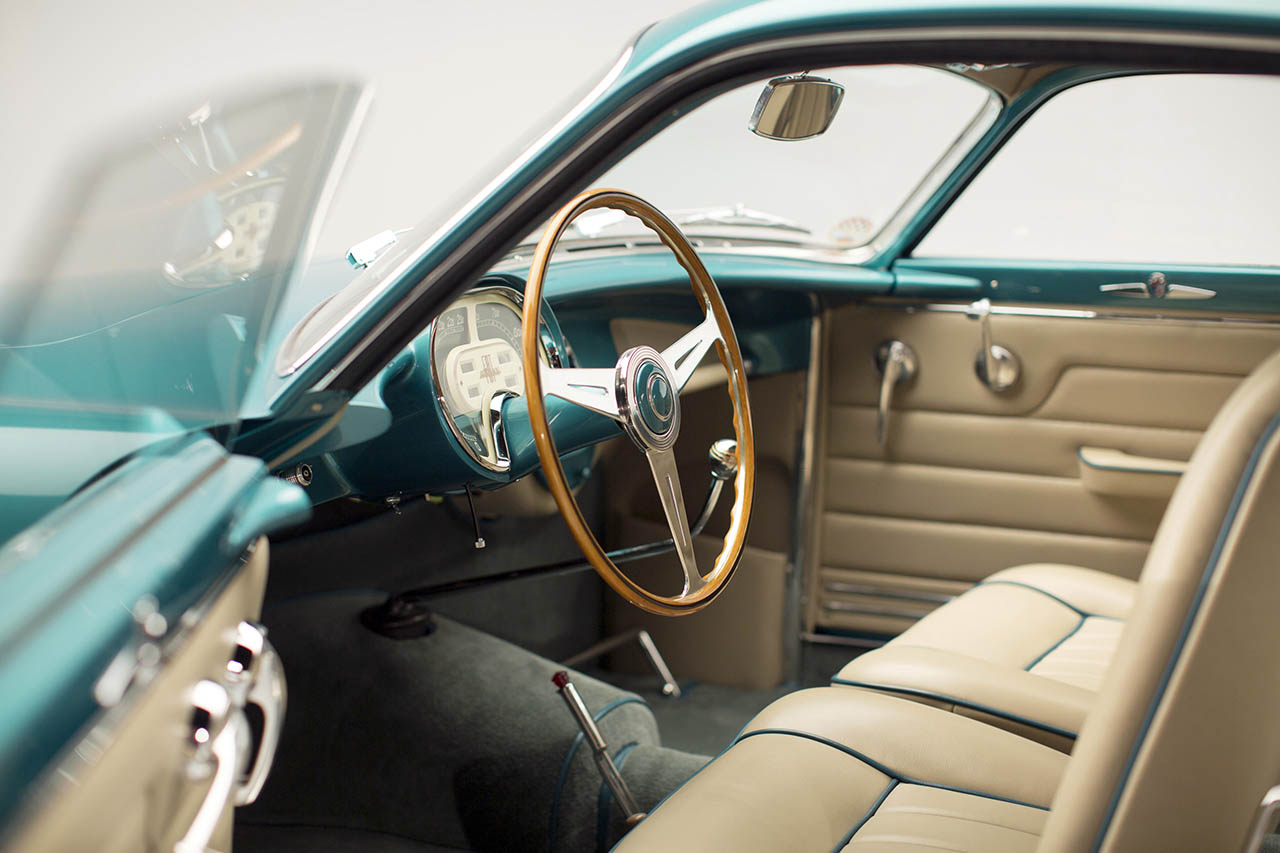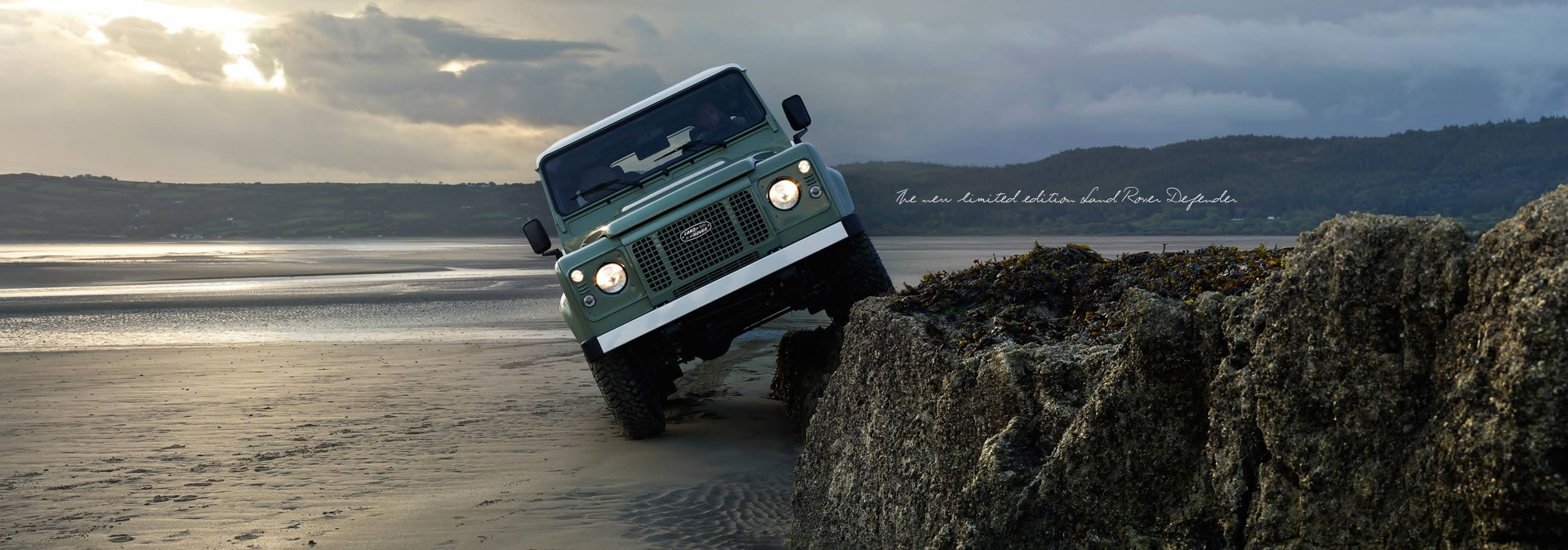In the spring of 1948, Fiat management instructed technical director Dante Giacosa to begin developing a V-6 engine to be used in a newly planned six-passenger sedan. The attempt to produce an American-style touring sedan never advanced beyond its inception stage, but the engine devised by Giacosa soon morphed into a V-8 of considerable merit. Displacing just under two liters, the Tipo 104 motor featured advanced racing components such as a finned aluminum sump, forged crankshaft, polished intakes and ports, and tubular 4×1 stainless steel exhaust manifolds. As Giacosa later noted of the V-8 in his autobiography, “the idea of mounting it on a sports car for a small production run was attractive and aroused the keenest interest among the design engineers.”
And so, the Fiat 8V was born, which featured the only overhead-valve V-8 that Fiat ever built during its long and storied history. Known in Italy as the Otto Vu, the new model was positioned as a luxury grand touring sports car, obviously a far cry from the automaker’s niche for utilitarian mass-market cars like the 500. To maintain the necessary quality-control for such a high-end product, the fabrication of the chassis was farmed out to Giorgio Ambrosini’s Siata, the tuning specialists that had long served as Fiat’s in-house competition and customization department. This choice was probably further facilitated by Ghia owner Mario Felice Boano’s 1950 hiring of Luigi Segre, a former Siata sales manager, as Ghia’s sales director.
The 8V’s tipo 106 chassis was one the world’s most advanced, challenging the finest offerings from Ferrari or Maserati with four-wheel independent suspension (a Fiat first), and Borrani wire wheels with Rudge knock-off hubs. Completed chassis were sent to the Carrozzerie Speciali FIAT in Lingotto, where they were clothed with an elegant new coupe design by Fabio Lucio Rapi that was aerodynamically fine-tuned in the Turin wind tunnel. The Otto Vu made its public debut at the Geneva Salon in March 1952, and immediately impressed all who saw it with Fiat’s ability to produce such a jewel-like automobile.
Over the following two years, about two hundred tipo 104 motors were produced (though more than fifty of these were eventually installed in the upcoming Siata roadster). The Otto Vu automobile was even more rare, with approximately 114 examples built through 1954. While at least forty of these cars were bodied with the factory coachwork by Rapi, the other chassis were clothed by coachbuilders such as Balbo, Pinin Farina, and Vignale.
Zagato bodied approximately thirty Otto Vu examples, including a lightweight aluminum version that was very popular in sports car racing. In this form, the 8V earned class wins at the 1955 Targa Florio and 1957 Mille Miglia, and claimed the 1956 Italian Sports Car Championship (2-Liter Class), a huge benchmark in the model’s competition pedigree.
Of all the boutique Italian carrozzerie, however, it was Ghia that proved to be the most noted coachbuilder of the Otto Vu. Probably accounting for 30 to 40 examples, the Turinese firm built coachwork that ranged from formal and clean to flamboyant and expressive. None of these various bodies, however, could match the Supersonic, an aeronautically styled coupe crafted by the great Giovanni Savonuzzi. The designer is renowned for penning the celebrated Cisitalia 202 (one of a handful of cars recognized for design merit by New York’s Museum of Modern Art), and would go on to style the famed Ghia Gilda.
During his consultancy for Ghia in early 1953, Savonuzzi approached engine tuner Virgilio Conrero about the possibility of collaborating on an Alfa Romeo 1900-based racecar. While Conrero tuned the 1900’s motor and chassis, Savonuzzi contributed a sleek new coupe body built at Turin featuring a long front deck and sloping fastback. The windshield was steeply raked, while the rear tailfins culminated in lamp bezels that resembled jet afterburners, and a consistent beltline accent ran through the entire length of the car. With such jet-like styling, there was little wonder that the coachwork was eventually dubbed the Supersonic.
While the unique Conrero sports-racer failed to finish at the 1953 Mille Miglia for which it was built (the car was destroyed in a fire), the body design was greenlighted for additional production after Segre received favorable feedback from creative collaborator Virgil Exner of Chrysler and designer Paul Farago. The official liaison between Ghia and Chrysler, it was Farago who suggested the idea of mounting the Supersonic body on a Fiat chassis. He would later prove his faith in the suggestion when he became the first private owner of the prototype Fiat Supersonic, chassis no. 000035.
According to a letter from Ghia to the consignor dated in the 1980s, Ghia built twenty examples of the Supersonic bodystyle. This included the Conrero Special, three cars built on Jaguar XK frames, and one example built on an Aston Martin DB2/4 chassis. The remaining fifteen cars were all built on the chassis of the magnificent Otto Vu, whose dimensions lent the design its most elegant stance.
The Supersonic has gone on to be recognized as one of Ghia’s most seminal designs. No less an authority on coachwork than Howard “Dutch” Darrin visited the Ghia factory during Supersonic production and was so impressed that he ordered two Ghia-bodied Fiats, including a Supersonic that he sold to movie star Lana Turner. Now a darling with collectors because of their impressive Otto Vu mechanicals and spectacular body design, the 8V Supersonic has evolved into one of today’s most desirable collectible Italian sports cars, combining rarity, cutting-edge mechanical specifications, and coachbuilt beauty.
Read more about the specific motorcar now offered for sale at Bonhams by clicking here. Having been owned by the same family for over 40 years, it’s a nearly flawless example of Fiat’s one and only V-8 prestige car, and will surely command the attention of collectors worldwide.
 SECURE PAYMENTS
SECURE PAYMENTS  FREE EXPRESS SHIPPING FOR
ALL ORDERS OVER €100
FREE EXPRESS SHIPPING FOR
ALL ORDERS OVER €100 FREE EXCHANGES & RETURNS
FREE EXCHANGES & RETURNS AVG. 3-5 BUSINESS DAYS DELIVERY
AVG. 3-5 BUSINESS DAYS DELIVERY
 NEXT
SHIPMENT TO
NEXT
SHIPMENT TO 



